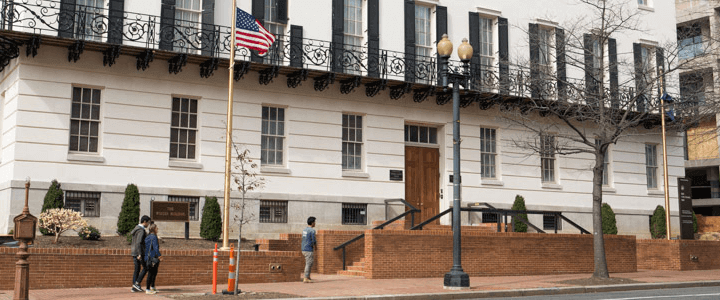Recent statements from leaders of the Office of the Director of National Intelligence (ODNI), the Defense Vetting Directorate (DVD), and the National Background Investigations Bureau (NBIB) are offering valuable insight into the security clearance backlog. Unfortunately, some of that information is conflicting. What’s the current state of the backlog, the upcoming changes to the background investigations process, and where does continuous evaluation fit into both?
Where does the backlog really stand?
According to Charles Phalen, Director of the National Background Investigations Bureau (NBIB), the security clearance backlog currently stands at approximately 630,000. This number is essentially the same as the number quoted by Principal Deputy Director of Intelligence Sue Gordon just a couple weeks ago.
The disparity, however, lies in the expected progress of getting that number down. Gordon estimated that the number would be cut in half by the spring (to approximately 300,000). Yesterday Phalen, however, said that he thinks a reduction to about 500,000 investigations is more realistic.
Speaking yesterday at the quarterly meeting of the National Industrial Security Program Policy Advisory Committee (NISPPAC), Director Phalen also pointed out that the current 630,000 backlog is indeed on track with the reductions he promised in the spring. In June, he promised that their inventory would be down 15% by after Thanksgiving, and they seem to be on track. The backlog is almost 100k less than in the springtime.
The news isn’t great, but not as bad as it may seem
As we reported yesterday, wait times for Secret and Top Secret clearances have risen slightly since last quarter. However, Phalen knows this is an issue and sees overall timeliness of investigations as a top priority.
“At the root here is timeliness. I see behind me some numbers here that look extraordinarily unhappy. I am unhappy with the numbers, as well. They aren’t where they need to be…What we were seeing before is that everything was coming in late, [now] we’re seeing a lot of stuff come in sooner, but at the same time, we’re closing out a lot of old stuff, and so the averages come out still about the same. I expect as we bring down this inventory number that the timeliness numbers will go down.”
And NBIB has made some encouraging moves to make that happen. They’ve rebuilt the agency’s investigative capacity; up to 8,800 people are now doing field investigations. Through re-engineering their processes, they’re also using these investigators far more effectively then they had been in the past. In addition, shifting from the agency’s old posture of being “scared to death” of tech like video conferencing, they are now adopting it in a secure way that Director Phalen thinks is “healthy.”
Just because there is a backlog doesn’t mean people aren’t working
Phalen was also quick to point out that the 630,000 backlog doesn’t tell the whole story. Of that number, only 190,000 are in initial investigations for a Secret clearance (35,000 of which are in industry). For Top Secret, 90,000 are in initial investigations (25,000 of which are in industry).
So while that means there are 280,000 initial investigations in progress, a minimum of 114,000 are at work on an interim clearance. Phalen said, “[It’s] not where we want it to be, but we’re not in such bad shape here.”
CONTINUOUS EVALUATION IS HERE AND IT’S WATCHING YOU
There are already 1.2 Million clearance holders enrolled in continuous evaluation (CE), with the plan for all clearance holders to eventually be in the system. As the name suggests, the system is continually monitoring cleared employees using data streams from credit bureaus and criminal records. The idea is that the system will incorporate more and more data streams as time goes on, including social media. Already in FY 2018, the system has reported over 41,000 alerts and caught significant, unreported security concerns on the part of employees. Now that cleared professionals will be under the microscope regularly, reporting any arrests, financial struggles, or other concerns to your facility security officer (FSO) is even more essential.
THE END OF (some) PERIODIC REINVESTIGATIONS
As CE takes a greater and greater role, the goal is to eventually eliminate the need for periodic reinvestigations for all Secret level candidates. An investigation would only be triggered when the continuous evaluation system finds a red flag that bears a full investigation. The elimination of those PRs would vastly free-up investigator hours for first-time clearance holders. In order to maintain security, however, annual employer or subject interviews are being considered as system safeguards.
The highly-anticipated executive order officially switching the background investigations mission from OPM to DoD could be coming any day. Phalen reassured the committee of the enthusiasm behind it and its imminent signing by the president, pointing out that he had just seen the final draft of the order on Wednesday night, and that the signing is very close.




